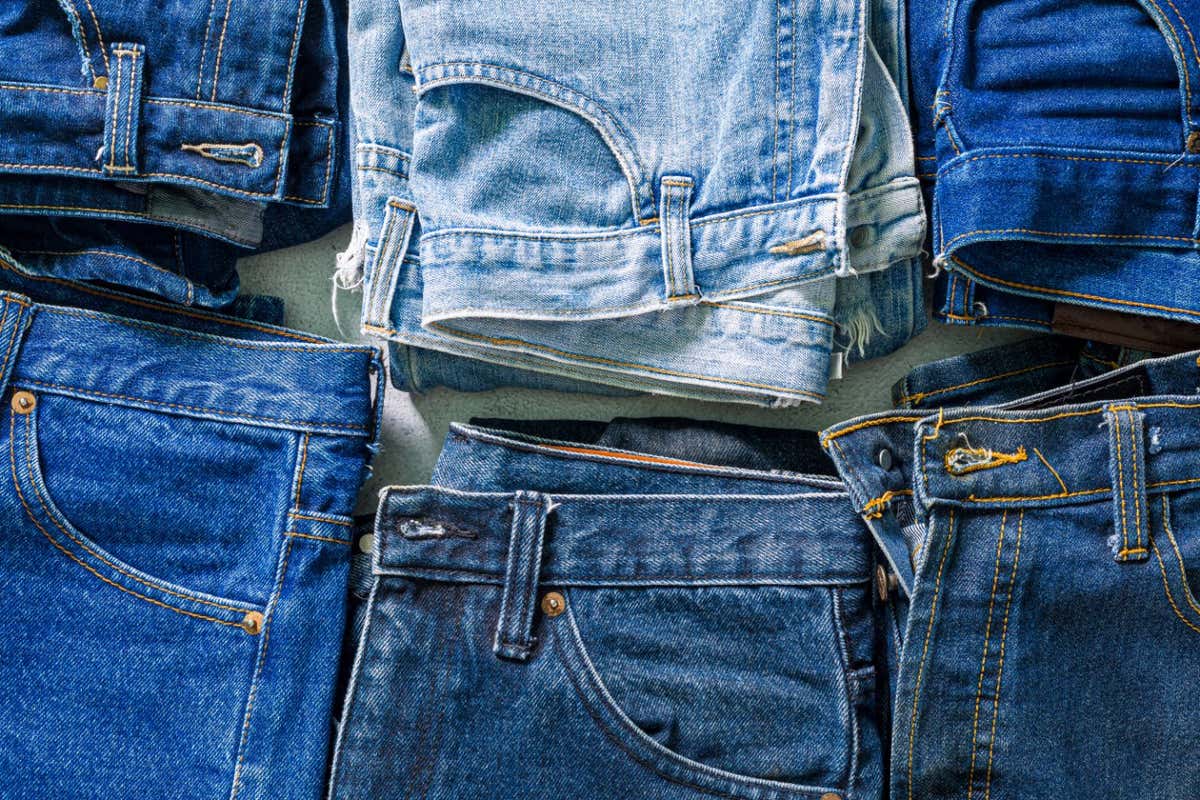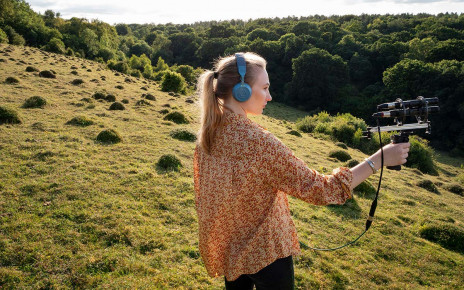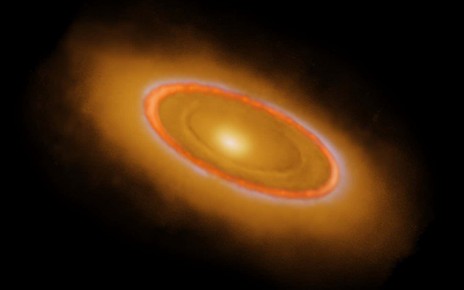[ad_1]

Harmful chemicals are used to dye jeans blue
Getty Images
A new technique for dyeing denim using a chemical that turns blue in sunlight could slash the environmental impact of jeans manufacturing.
Blue denim is dyed with indigo – a compound once extracted from plants but usually synthesised today. Harmful chemicals such as sodium dithionite are needed to make indigo soluble in water so that it can be used for dyeing. These chemicals produce toxic fumes that can harm the health of textile workers, and also lead to toxic pollution in waste water.
Now, Ditte Hededam Welner at the Technical University of Denmark and her colleagues have developed a new process that instead uses a natural precursor to indigo called indican.
“Indican is also a natural product, so it’s not anything artificial or weird,” says Hededam Welner. “But the good thing about it is that it is soluble, so you can just basically dip your textile in it, which you cannot do with indigo. That’s why it became such an appealing solution to this because you can simply omit so many of the harsh chemicals.”
There is one key disadvantage, though: indican is colourless, so the compound must be converted into indigo after it has been applied to a material. One way to do this is just to leave it in sunlight for several hours.
“I don’t know if consumers would like that, but, over time, as you wear a pair of indican-soaked jeans out in the sunlight, then it will turn blue,” says Hededam Welner. “I think that’s a gimmick, right? You could do that.”
The team found two methods that could instead provide the faster and more repeatable results demanded by modern manufacturing: one using enzymes from plants and one using electrical lights.
Using light is a more straightforward process that cuts the environmental impact of dyeing compared with using indigo by 73 per cent when assessed on a European Commission metric that takes into account carbon dioxide emissions, land use, water consumption and ozone depletion. Using enzymes led to an even greater reduction of 92 per cent.
Hededam Welner says that with further research, the process could be made cheaper and more efficient, but there are major obstacles ahead – not least of which is establishing a supply chain for the 80,000 tonnes of indican that would be needed to produce the 4 billion pairs of jeans manufactured each year.
Topics:
[ad_2]
Source link




